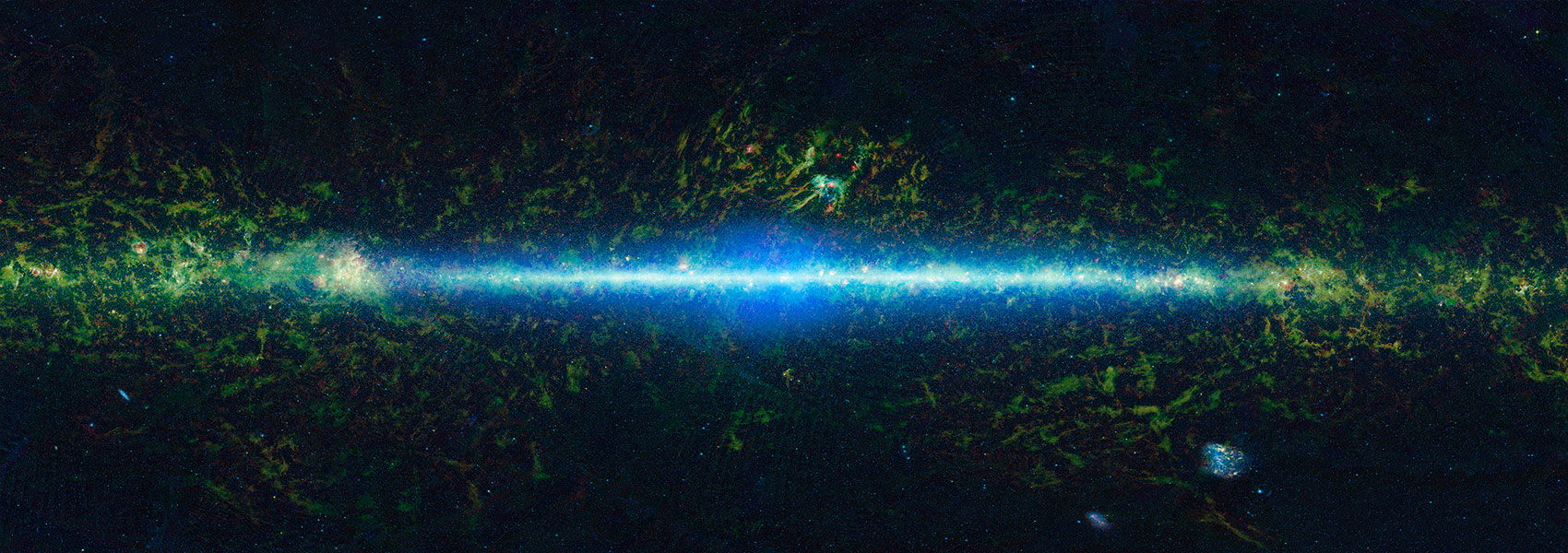June
2002
•
2002ApJ...571L.151B
Authors
•
Burgasser, Adam J.
•
Marley, Mark S.
•
Ackerman, Andrew S.
•
Saumon, Didier
•
Lodders, Katharina
•
Dahn, Conard C.
•
Harris, Hugh C.
•
Kirkpatrick, J. Davy
Abstract
•
Clouds of metal-bearing condensates play a critical role in shaping the emergent spectral energy distributions of the coolest classes of low-mass stars and brown dwarfs, L and T dwarfs. Because condensate clouds in planetary atmospheres show distinct horizontal structure, we have explored a model for partly cloudy atmospheres in brown dwarfs. Our model successfully reproduces the colors and magnitudes of both L and T dwarfs for the first time, including the unexpected brightening of the early- and mid-type T dwarfs at the J band, provided that clouds are rapidly removed from the photosphere at Teff~1200 K. The clearing of cloud layers also explains the surprising persistence and strengthening of gaseous FeH bands in early- and mid-type T dwarfs. The breakup of cloud layers is likely driven by convection in the troposphere, analogous to phenomena observed on Jupiter. Our results demonstrate that planetary-like atmospheric dynamics must be considered when examining the evolution of free-floating brown dwarfs.
Links


.png?1523393848)

